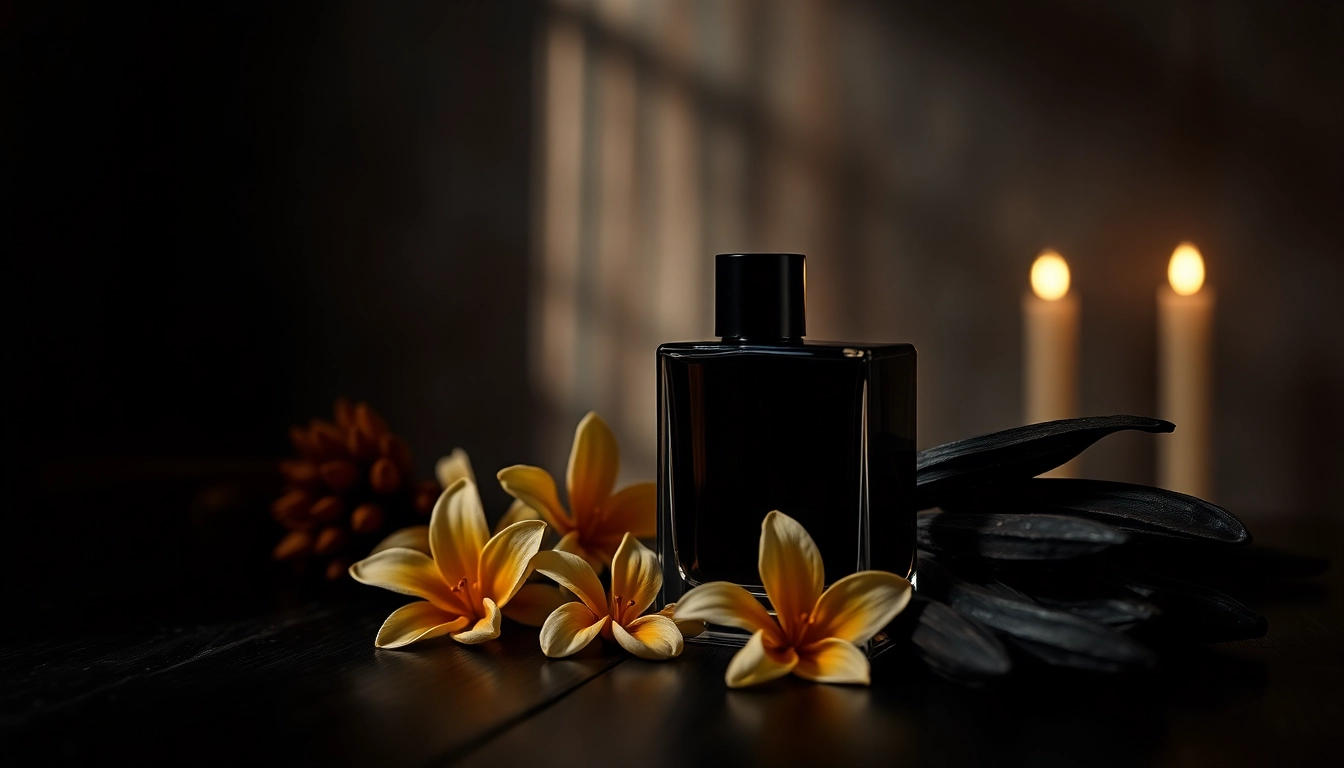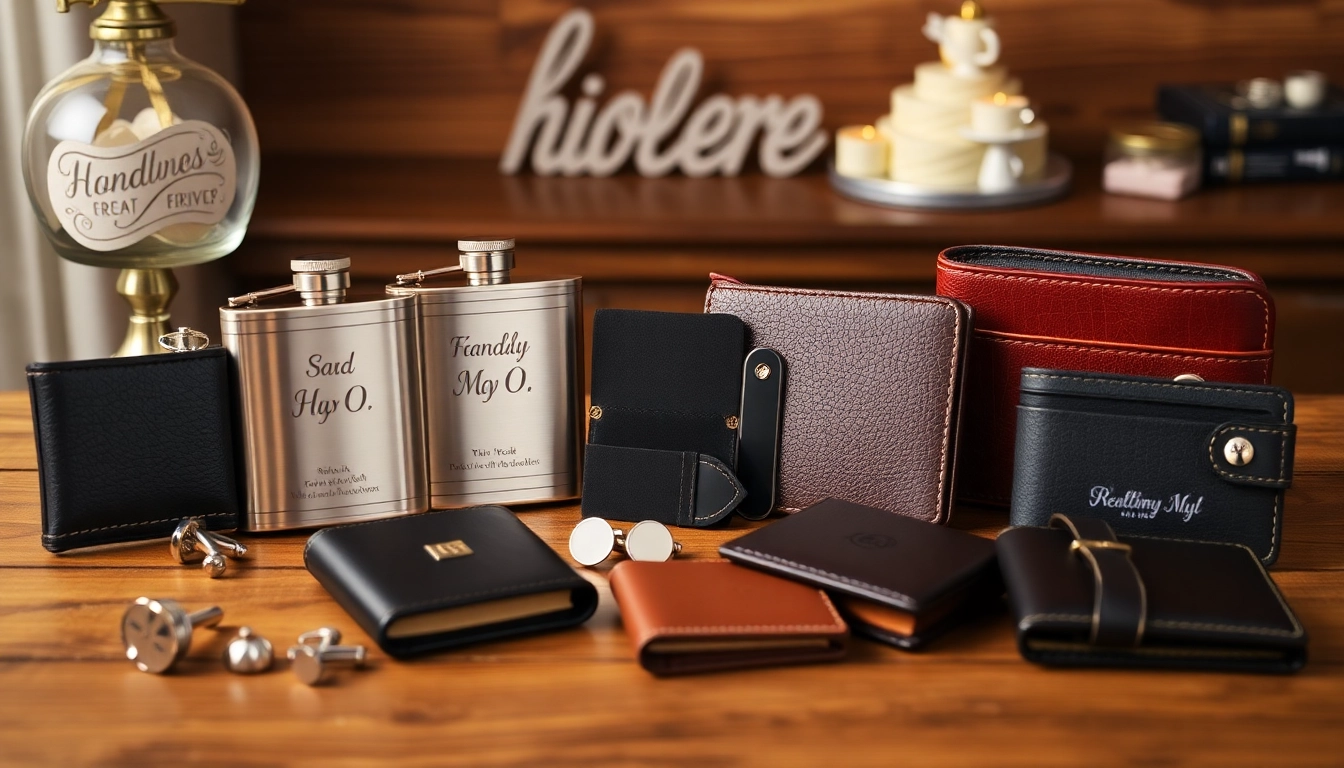Understanding Yeti Like Coolers
When shopping for coolers, Yeti has become synonymous with quality and performance. However, many consumers are discovering that there are yeti like cooler options available that can provide similar benefits at a fraction of the cost. This article will explore what makes a cooler comparable to Yeti, the benefits of choosing affordable alternatives, and the key features to consider when selecting a cooler that meets your needs.
What Makes a Cooler Comparable to Yeti?
A cooler can be considered comparable to Yeti if it meets specific performance benchmarks. These include exceptional insulation, durability, and ease of use. High-quality materials, such as rotomolded construction, provide excellent durability against impact and stress. A good sealing system is also essential, as it ensures that cold air stays inside the cooler while keeping warm air out. Performance over time is another factor; superior coolers can maintain low temperatures for days on end.
Benefits of Choosing Affordable Alternatives
Opting for a more affordable cooler offers numerous advantages. First and foremost, it provides significant cost savings — crucial for budget-conscious consumers. Many budget-friendly coolers still offer outstanding performance and durability, allowing you to enjoy outdoor activities without breaking the bank. Additionally, exploring various brands can lead to the discovery of cooler options tailored to specific use cases, like beach trips, camping, or sporting events. Furthermore, investing in a less expensive cooler can provide flexibility, giving you the room to purchase more than one for different purposes.
Key Features to Look for in Yeti Like Coolers
When searching for a Yeti-like cooler, it’s essential to focus on several key features:
- Insulation: Ensure the cooler has thick walls and a secure lid to achieve maximum insulation and cold retention.
- Durability: Rigid, rotomolded construction is often more impact-resistant and weatherproof.
- Size and Capacity: Choose a size based on your typical needs for cooling and storage based on your intended use.
- Portability: Look for options that are easy to carry or transport, indicating the inclusion of wheels or comfortable handles.
- Drainage: A good drainage system simplifies cleaning and enhances usability.
- Warranty: A solid warranty can indicate a company’s confidence in their product, offering peace of mind for your investment.
Top Compelling Yeti Like Cooler Alternatives
High-Performance Coolers Under $200
There are numerous high-performance coolers available under $200 that offer similar benefits to Yeti at a significantly lower price. Brands like Igloo, Pelican, and RTIC are known for producing budget-friendly coolers that excel in their category.
The Igloo Yukon Cold Locker is a standout option; it features rugged durability with an impressive insulation layer that can retain ice for days. Another strong contender, the RTIC Hard Cooler, boasts a variety of sizes and exceptional cold retention, while being made for serious outdoor enthusiasts.
Best-Selling Models for Outdoor Adventures
For outdoor adventures, choosing the right cooler can enhance your experience significantly. Among the best-selling models are:
- Pelican ProGear Elite: Known for its excellent performance and robust construction, this cooler is built for toughness and features an interlocking design that keeps it secure even during transport.
- Cooler Shock: This cooler is a unique choice as it is designed specifically for long-term cooling, utilizing coolant packs that can keep items frozen for over five days, making it great for camping trips.
- YETI Roadie 20: While Yeti, it still stands to mention as it provides a compact option that is easy to carry without sacrificing durability or ice retention. Although it’s pricier, it has cultivated a loyal following for its rugged performance.
Comparison: Yeti vs. Competitors
When comparing Yeti coolers with their competitors, you will often find that the price difference does not always equate to a performance difference. Many alternatives closely mimic the structural integrity, ice retention, and longevity that Yeti is known for. Customers have reported satisfaction with cheaper brands and, in many cases, have noted little to no difference when placed side by side. Moreover, factors such as size and portability can favor certain competitors, offering features that Yeti does not include without additional cost.
How to Choose the Right Cooler for Your Needs
Assessing Capacity and Insulation
Selecting the proper cooler capacity begins with understanding how you’ll use it. Factors affecting capacity include the number of users, the duration of your trips, and the types of items you’ll be storing inside. A cooler designed for day trips will generally require less capacity than one designed for multi-day camping endeavors.
As for insulation, consider coolers that feature a minimum of 2 inches of insulation in the walls. This thickness often results in superior cold retention, leading to longer-lasting cooling performance during warm weather or extended trips.
Portability Factors: Wheels vs. Handles
Portability is crucial when selecting a cooler, especially for outdoor activities where lugging around heavy equipment is commonplace. Coolers come in various styles: hard-sided options often offer robust durability but can be heftier, while wheeled options can ease transport significantly. Look for coolers with ergonomic handles that offer comfort during travel, especially if you need to carry it for extended periods.
Price vs. Performance: Making the Best Choice
Ultimately, the balance between price and performance will play a significant role in your decision-making process. Set a budget before you look, but be open to the understanding that sometimes investing slightly more can lead to significant benefits in terms of durability and performance. Evaluate various models carefully, read reviews from other customers, and consider your needs in relation to the cooler’s features before finalizing your choice.
Care Tips for Prolonged Cooler Life
Cleaning and Maintenance Best Practices
After each use, it is crucial to clean and maintain your cooler to ensure its longevity. Use a mild soap and warm water mixture to wipe down interior and exterior surfaces. Pay special attention to removing spills and food residue, as these can lead to undesirable odors and stains. Never use abrasive cleaners or scouring pads as they can scratch or damage the cooler’s surface. Always rinse thoroughly to remove soap residue. If stains persist, consider using a diluted chlorine bleach solution, but rinse it out thoroughly after cleaning.
Storage Tips to Preserve Performance
When storing your cooler, ensure it is completely dry both inside and outside to prevent mold growth. Leave the lid open slightly to allow air circulation. Store the cooler in a cool, dry place away from direct sunlight to prevent damage to the exterior materials. If applicable, remove any insulation pads or detachable parts for separate cleaning and storage. Always check your cooler for debris or any signs of wear before your next use.
How to Avoid Common Mistakes
Avoiding common pitfalls can ensure your cooler lasts as long as possible. Read manufacturer guidelines for use and maintenance; overloading with ice or excessive weight can damage the hinges and seals. When transporting, ensure it is securely mounted in a vehicle space to prevent impact damage. Avoid placing it in extreme heat for prolonged periods, which can compromise insulation performance.
Real User Reviews and Experiences
Customer Feedback on Popular Yeti Like Coolers
Customer feedback on alternatives to Yeti coolers has been overwhelmingly positive, particularly among users who prioritize price versus performance. Many users indicate satisfaction with brands such as RTIC and Pelican, appreciating not only cost savings but also high insulation performance that meets their travel needs. User testimonials highlight experiences during camping trips, beach outings, and tailgating events, often noting that affordable coolers stood up to high expectations.
Case Studies: How Affordable Coolers Perform in Real Scenarios
Consider the contrasting experiences of two families on a camping trip. One used the Yeti Tundra 45, while the other opted for an RTIC 45. Both coolers were packed similarly, with drinks and perishable food items. After three days in hot conditions, both reported retaining ice well, with only minor differences in the cooler’s interior temperature upon opening.
Another case involved a group participating in a music festival. They bought a cheap Igloo cooler, which surprised attendees by keeping ice intact for an entire weekend, allowing for indefinite refreshment throughout the event. These scenarios illustrate that you can find high-quality performance without needing to rely on Yeti’s premium branding.
Overall Satisfaction and Recommendations
Overall, consumers indicate high satisfaction levels with Yeti-like coolers; they frequently cite reliability, affordability, and similar performance compared with traditional Yeti offerings. For anyone seeking a durable cooler on a budget, numerous reputable brands stand ready to provide excellent alternatives, ensuring you can find the perfect cooler for your next adventure without overspending.



